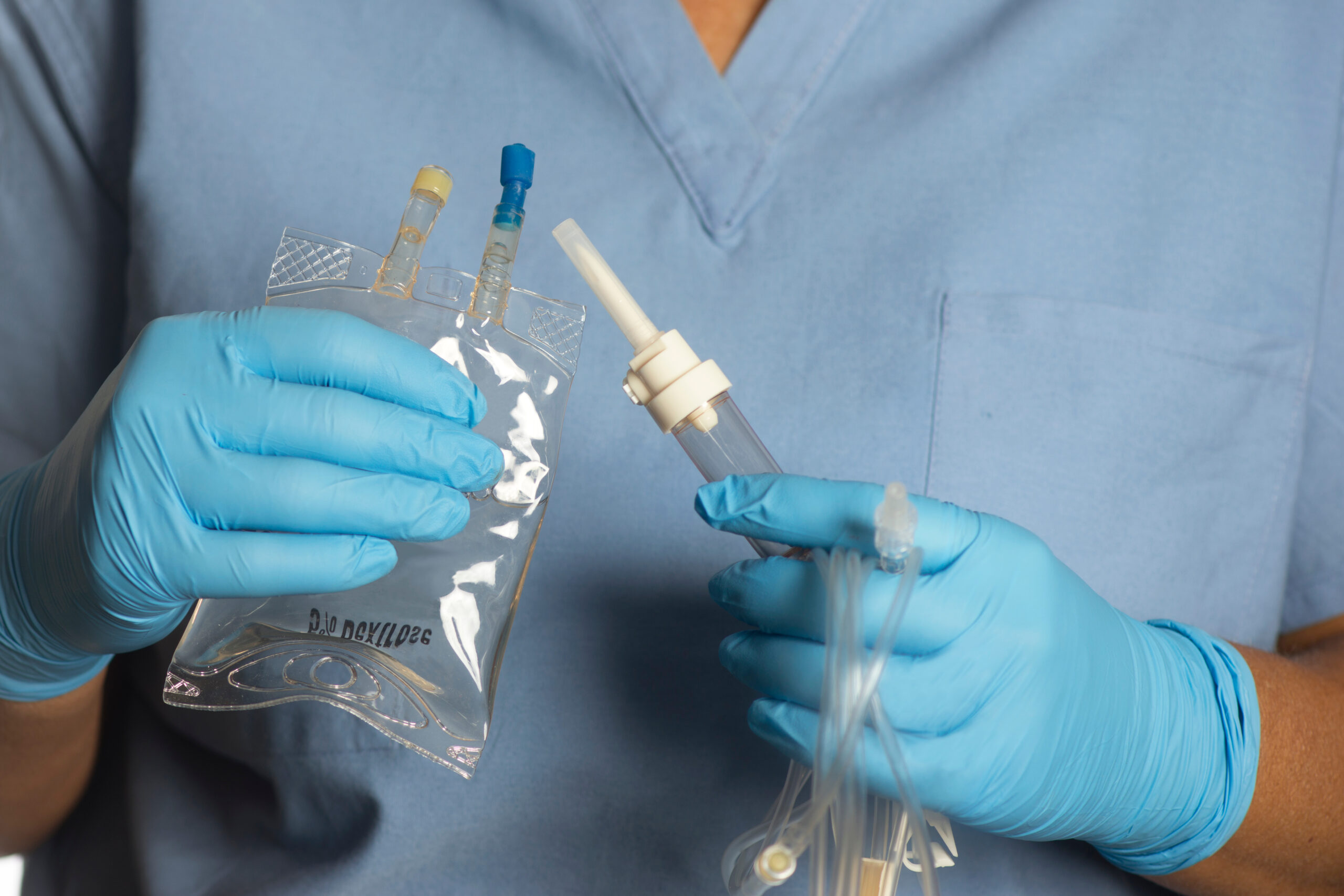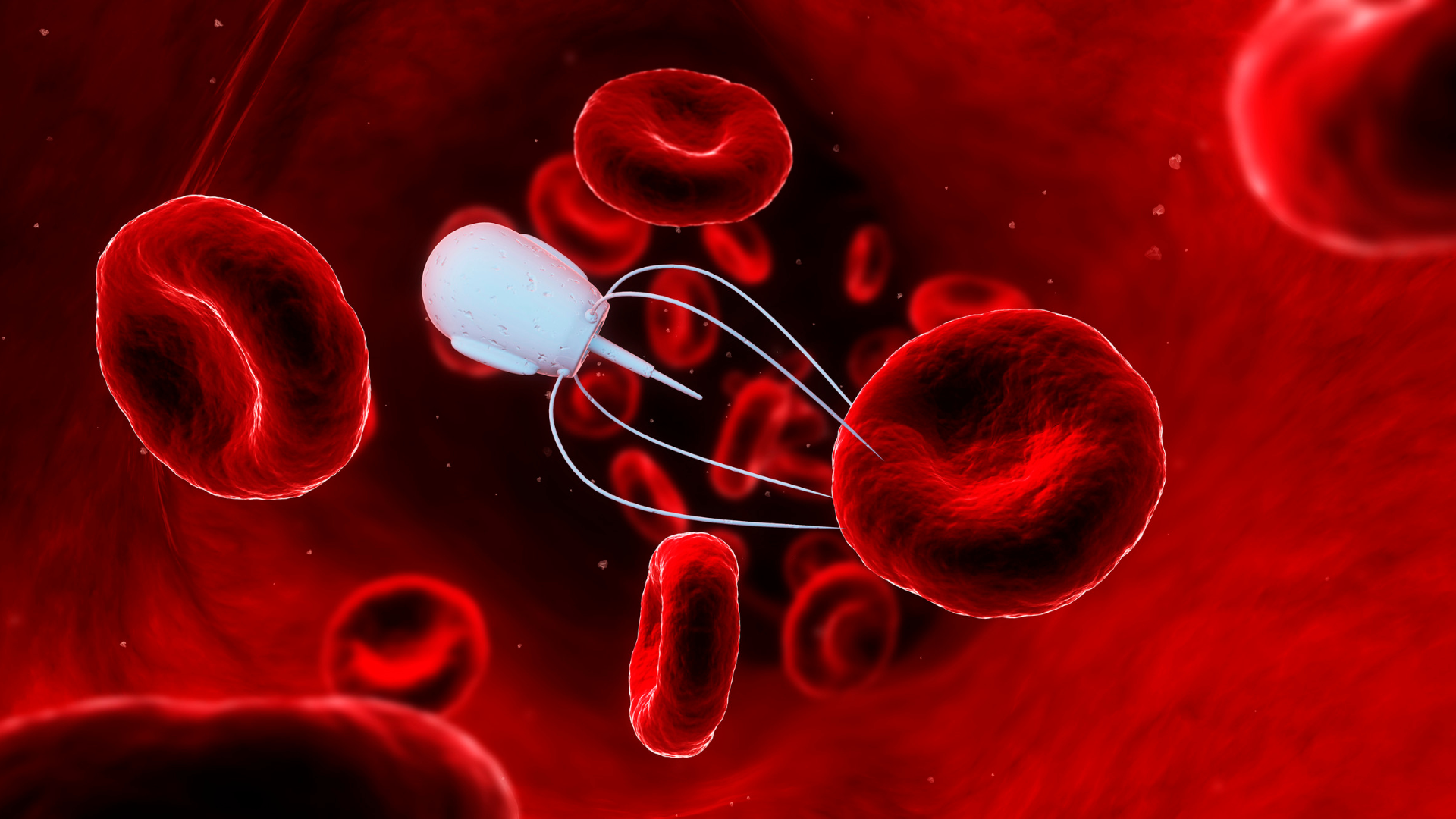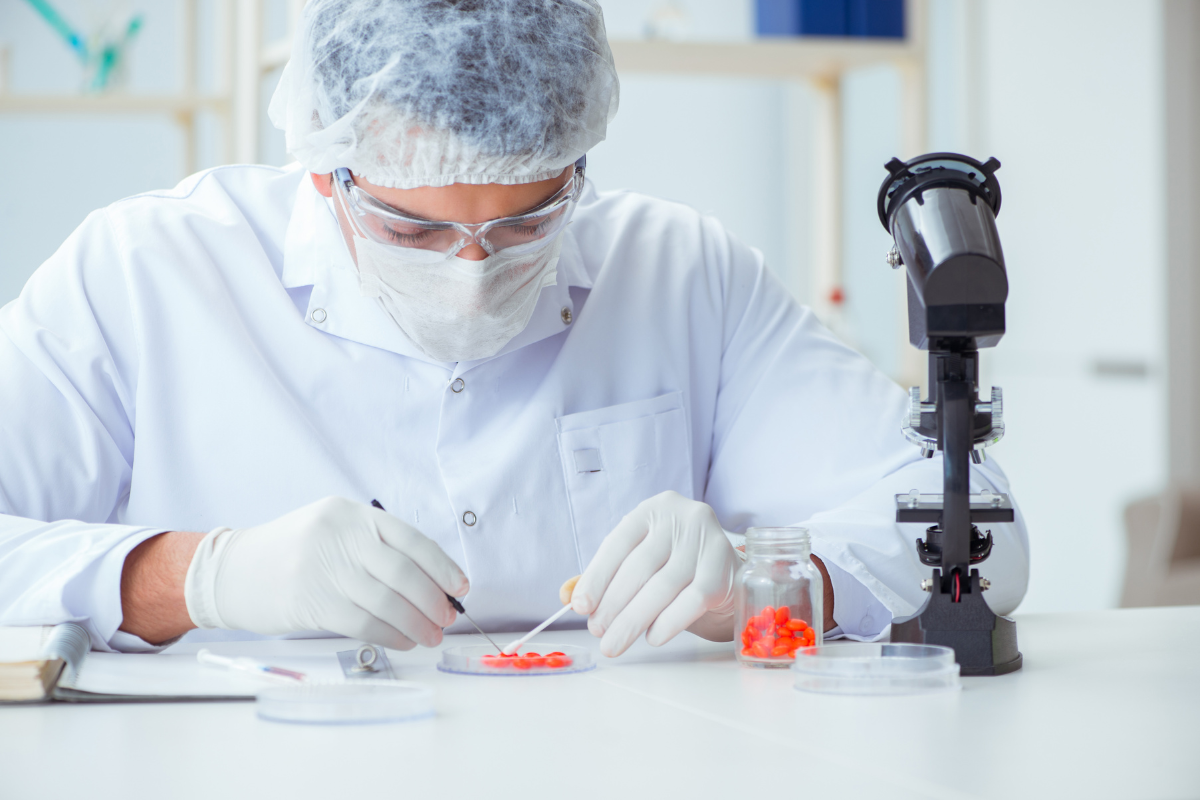Evaluating Closed System Drug-Transfer Devices

During Oxford Global’s Formulation UK 2021 event Héloïse Audat, Drug Product Team Leader Biologics Drug Product Development at Sanofi, gave an insightful presentation on Closed System Drug Transfer Devices (CSTDs). This article presents a condensed overview of her work and her companies’ methods for evaluating CSTDs.
Audat started her career at Sanofi in project planification and production. She has more than 10 years’ experience on formulation and development for different modalities including, mAbs, bi-specifics and, ADCs. She has also worked on multiple different development stages up to commercial launch.
The National Institute for Occupational Safety & Health defines CSTDs as “a drug transfer device that mechanically prohibits the transfer of environmental contaminants into the system and the escape of the hazardous drug or vapor concentrations outside the system.” Currently, CSTDs generally follow one of two design concepts, using either a physical barrier or an air-cleaning technology to prevent the escape of hazardous drugs into the work environment. When appropriately designed and used, CSTDs offer enhanced protection against potentially hazardous exposures to healthcare workers during the compounding and administration of hazardous drugs.
- Exploring Ways of Crossing the Blood-Brain Barrier
- Key Strategies and Challenges for Liquid Nanoparticles
- “Teaching Old Drugs New Tricks”: Repurposing Therapies Using Nanoparticle Delivery
Audat recounts that “the first regulations on CSTDs came around 2004. The aim was really to protect caregivers from any risk of systematic contact with hazardous drugs. Most of our biologics are not classified as hazardous drugs. But now we have new regulation guidance that came from USP 800. They incentivized the use of CSTDS in clinical sites. And in fact, in practice, even if your biological molecules are not hazardous drugs, more and more you find clinical sites require us to systematically use CSTD to protect their caregivers. So, sometimes you do not have a choice on whether a drug should be administered through a CSTD.
CSTDs and Drug Product Quality
Unfortunately, CSTDs can have an impact on drug product quality. Some CSTD show some release of lubricant rubbers or plastic into the drug solution. Also, they can exhibit high hold-up volumes for non-viscous products, and especially with viscous product. Additionally, with the high forces necessary to adapt your vial adapter there is a risk of breakage. Audat explains that “due to the risks of protein aggregation, material leaching, or incorrect low doses, we have found that it is vital to understand the impact of the usage of CSTD on the drug product quality.”
Interchangeable use of CSTDs for dose preparation at the clinical site resulting from availability of multiple options, poor planning, and lack of awareness on CSTD differences presents a big risk to product quality and hence patient safety. One must keep in mind that not all CSTDs are created equal and differences such as contact material, silicone oil levels, mechanical stress during dose preparation, and design differences can potentially impact product compatibility and dosing accuracy.
Testing Storage Effects
Audat and her team tested protein in ‘in use condition’ where they mimic clinical preparation and administration. The state of protein quality at t zero in the bag, then tested storage effects of at different intervals; for example, 24 hours at room temperature. They also had other projects that are done to include refrigerated conditions. Finally, they conducted t-final again in the bag and then go through all infusion perfusion sets and finally the inline filter with a t-infusion analysis of our product. Audat summarises the results by saying “we can say that in in use condition in general, we saw minimal impact on proteins physical stability during these conditions and if there are some visible particles, they are well eliminated by the inline filter. In terms of high molecular weight as seen by size exclusion chromatography, there was no impact of high molecular weight at t zero t final on the bag and even after infusion.”
Simulating Preparation & Administration
The next step was to simulate the preparation and administration condition to patients. For all these steps, we risk them by using not a conventional syringe and needle, instead using a CSTD with the vial adapter until the infusion.”
Their results showed some high level of silicone oils depending on the CSTD used. Audat continues, saying “we went on to examine the hold-up volumes of CSTD. Clearly, we show that we have higher hold-up volumes with CSTD compared to classical needle serum systems, and that levels are CSTD and viscosity dependent. We clearly then documented the fact that there can be a high risk of dosing inaccuracy for low volumes. So, for us at Sanofi, we believe that products and CSTD combination should be evaluated during development.”
Final Thoughts & Conclusion
As CSTDs become more widely used it is important to understand their effects on drug product quality and deliverability. Fortunately, researchers such as Héloïse Audat are spearheading new approaches to ensure no details are missed and that, ultimately, patients receive the highest quality of treatment. For more on CTSDs and other delivery methods, consider joining us this October in San Diego for Formulation & Delivery US: In Person.






